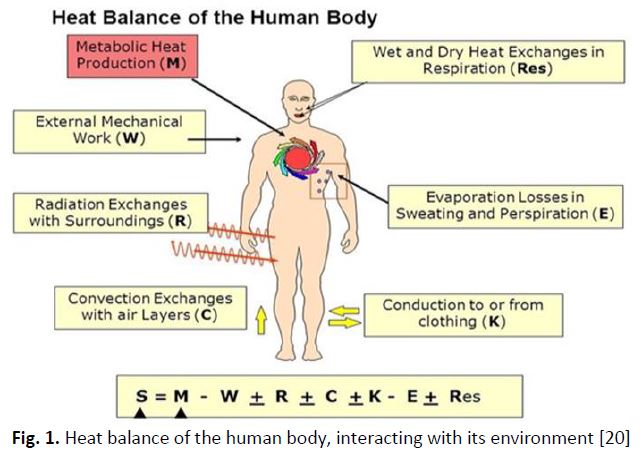Thermal Comfort of Indoor Open Spaces at University Library in Malaysia
DOI:
https://doi.org/10.37934/arfmts.94.2.142165Keywords:
Thermal comfort, thermal sensation, open space, libraryAbstract
The issues of improving thermal comfort inside the building have become a global point of research interest attributed to the realization that people spend more than 90% of their time in the indoor environment. This study investigated the thermal comfort temperature range for indoor open spaces in second level of the Universiti Tun Hussein Onn Malaysia (UTHM) library. The study conducted through subjective measurement (thermal sensation questionnaire) and physical measurement (air temperature, relative humidity, air velocity, mean radiant temperature measurement). A total of 120 occupants completed the thermal sensation questionnaire of indoor open spaces for morning and afternoon sessions for six days. Physical measurements data were also collected at eight measurement sampling point across the indoor open space for six days. The linear regression analysis for air temperature with thermal sensation vote (TSV) and predicted mean vote (PMV) for both morning session and afternoon session shows a good fit of the regression model on the observed data. It shows 70% of the variation in the output variable of TSV and PMV can be explained by the input variables of air temperature. The thermal comfort temperature ranges for TSV of -0.5 to +0.5 were within the range of 24.17 ºC to 25.01ºC for morning session and 23.63 ºC to 24.20 ºC for the afternoon air temperature. In addition, the thermal comfort temperature ranges for PMV of -0.5 to +0.5 were 24.03 ºC to 25.15 ºC for morning session and 23.70 ºC to 24.47 ºC for the afternoon. By using linear regression equation, the relation between air temperature, PMV and TSV were obtained.
Downloads
































